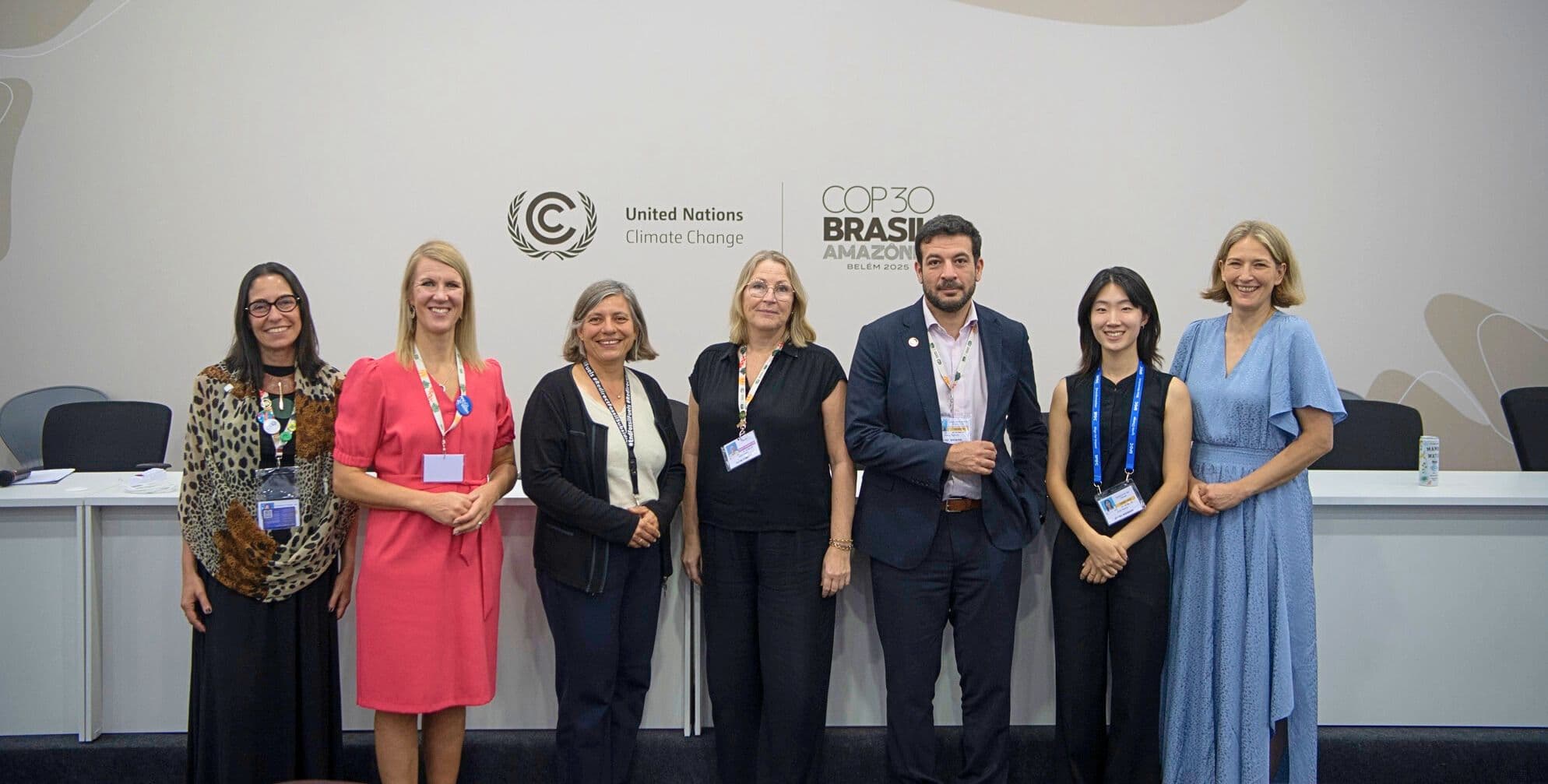Laurence Tubiana, architect of the Paris Agreement and CEO of the European Climate Foundation, visited Finland to exchange views on the upcoming COP30, future climate governance and the role of the Nordics. Her visit sparked dialogue on how Nordic climate leadership, grounded in collaboration and stronger real-economy foundation, can shape the road to COP30 and beyond.
Laurence Tubiana, CEO of the European Climate Foundation and a key architect of the Paris Agreement, visited Finland this week for a series of high-level discussions on the future of international climate policy. Her visit, long in the making, came at a critical moment of geopolitacl debate and as preparations intensify for COP30 in Belém, Brazil, where Tubiana now serves as Special Envoy to Europe.
The purpose of her visit was twofold: We wanted to hear her vision for the next phase of global climate governance and the steps we can take towards it in the upcoming climate COP in Belém, and to boost the well constructed Nordic climate ecosystem to be precise and vocal in international debate.
Tubiana reflected on the Paris Agreement’s legacy and the need to protect its foundations. While acknowledging the geopolitical turbulence, including the war in Ukraine, shifting U.S. policies and global raise for critical raw materials, she pointed out that Europe has largely stayed the course. Climate policy is power policy and Europe needs to find new alliances especially with China. She reminded that climate actions have never been linear but have always advanced in cycles. Now we are likely at the bottom of the cycle and we need to focus on building a new cycle of climate ambition in global climate governance, one that is not only top-down but also driven by society and grounded in the real economy.
In her conversations with Finnish stakeholders, from business and finance leaders to climate negotiators and politicians, Tubiana emphasized the importance of integrating the private sector into the formal climate architecture, not just as observers, but as accountable actors whose plans align with national and global goals. Businessses, cities and regions build and scale the solutions.
From the Nordic side, the message was equally strong. Finnish participants highlighted how their climate policies are deeply integrated with growth goals, demonstrating that the green transition and competitiveness go hand in hand. Nordic companies, many of which are global leaders in green technologies, expressed support for stricter international rules arguing that ambitious global standards benefit their business models.
The discussions also touched on concrete opportunities to align broader policy agendas with climate goals. One such example was the significant public investment currently being directed toward the defense industry. This wave of procurement presents a timely opportunity to embed climate criteria into spending decisions, ensuring that security investments support strategic autonomy.
As COP30 approaches, Tubiana urged Nordic actors to be more vocal on the international stage and especially active on the EU level. Tubiana reminded us of that a lot of the EU environmental legislation was at the time built on the examples from the Nordics. Again there is room for Nordic leadership, Nordics can demonstrate how competitiveness and green transition go hand in hand. This is a very valuable message on the global stage.


